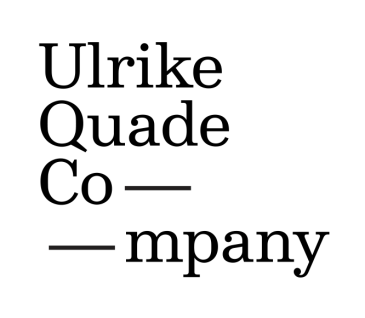 https://www.ulrikequade.nl/ulqua/wp-content/uploads/2024/09/AnoukvanKalmthout_PortretUlrike_1_Liggend_Lowres_thumb.jpg
1067
1300
Ulrike Quade Company
https://www.ulrikequade.nl/ulqua/wp-content/uploads/2023/01/logo_strepen_vierkant-365x318.png
Ulrike Quade Company2024-12-13 15:42:352024-12-20 14:32:03Interview with Ulrike Quade: on UNBORN’s unheard perspectives
https://www.ulrikequade.nl/ulqua/wp-content/uploads/2024/09/AnoukvanKalmthout_PortretUlrike_1_Liggend_Lowres_thumb.jpg
1067
1300
Ulrike Quade Company
https://www.ulrikequade.nl/ulqua/wp-content/uploads/2023/01/logo_strepen_vierkant-365x318.png
Ulrike Quade Company2024-12-13 15:42:352024-12-20 14:32:03Interview with Ulrike Quade: on UNBORN’s unheard perspectivesPhoto: Jtravel
Human-robot interaction: Floriade
The Ulrike Quade Company, a pioneer in interdisciplinary visual theater in Amsterdam for over twenty years, combines puppetry and technology on stage. Our mission is to blur the boundaries between technology, art and humanity. We do this by collaborating with professionals from the performing arts, creative industries and sciences.
In our Center Stage Robotics project, we explore how industrial robots can perform in a theatrical environment. From July 2023 to December 2024, we are diving into the world of industrial robots within theater and performance. Our sprints are essential here: intensive work sessions in which we explore specific topics and themes with a multidisciplinary team. These sessions provide new insights, prototypes and concepts for future theater and museum projects.
Sixth sprint: preparations for Floriade 2022
On Thursday, Feb. 10, the sixth sprint of the collaborative project between Bram Ellens and the Ulrike Quade Company for Floriade 2022 took place in Almere. The session began with an invitation to attendees to view the result of several weeks of work on the performance installation. This installation, intended for the entrance and exit of the Floriade, consists of the four-and-a-half-meter-high rod puppet Alex, animated by two black hydraulic robotic arms from KUKA. During this session, all five movement blocks of the puppet were shown to the audience for the first time.
First impressions and discussions
After the presentation, first impressions were shared in a roundtable discussion. Most attendees felt that, despite the doll’s size, there was an intimate atmosphere around it, similar to a child acknowledging your presence while playing. Another common thought was that the installation evoked a sacred atmosphere, as if higher beings were trying to communicate with the audience. It was debated whether this was due to the puppet trying to communicate itself, or whether the KUKA arms were using the puppet as a tool to communicate.
Based on these impressions, interesting questions emerged about the collaboration between puppetry and robotics. One important question was whether using robotic arms to animate a puppet causes the puppet to be perceived as alive by the audience, or whether it is the arms themselves that are perceived as alive.
Reading club: ‘Programming play: puppets, robots, and engineering’
The second part of the session was devoted to a reading club discussing the article “Programming play: puppets, robots, and engineering” by Elizabeth Jochum and Todd Murphey. This article explores how puppet play can be used to explore new ways of automated movement. Jochum suggests that techniques from puppetry can be useful for the production of automated movement, which often relies on ultra-realistic mechanical reproduction and can therefore provide an uncanny experience. In contrast, the indicative qualities of puppet movements help evoke binocular vision. This allows theater audiences to assign fictional life to characters or objects based on their behavior and the performance setting, which encourages spectators to project psychology and emotions onto human actors or inanimate objects.
Discussion and applications
The text provoked discussion about how these insights can be useful in other areas. The group discussed how technical problems can also be problems of puppetry and how collaboration between technology and puppetry can break through the limitations in our thinking. Consideration was given to how this collaboration can open up new possibilities for automated movement and artistic expression.
Conclusion
This sixth sprint highlighted the potential of combining puppetry and robotics to explore new forms of artistic expression. The session offered insights into how large installations like Floriade’s can create intimate and meaningful interactions with audiences. The reading club and subsequent discussions highlighted the importance of interdisciplinary research and collaboration to push the boundaries of both technology and art. The findings of this sprint will contribute to the further development of the project and future performances.





